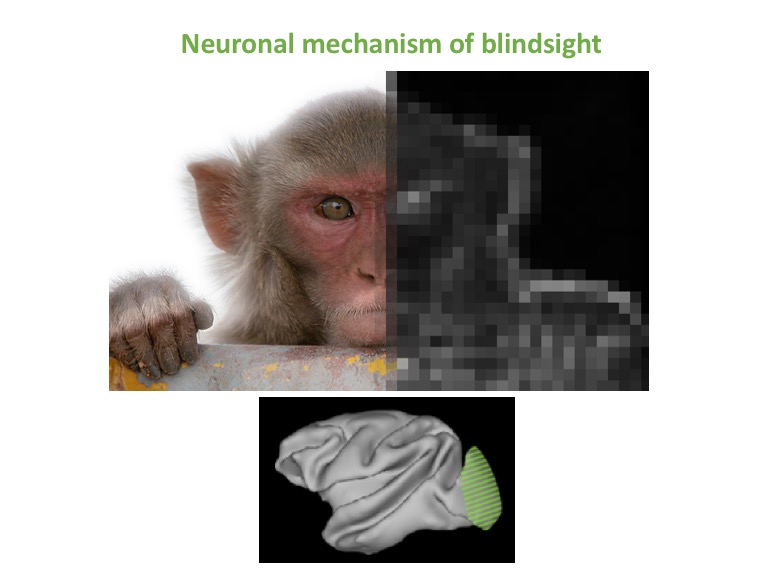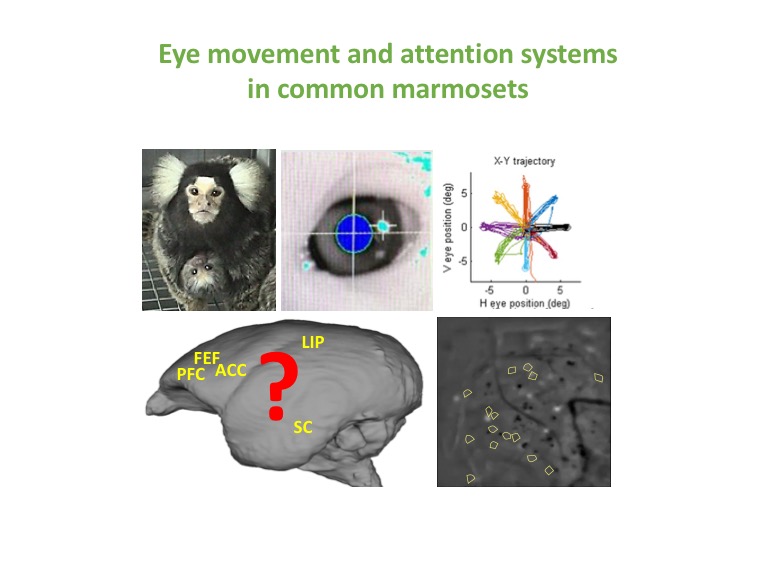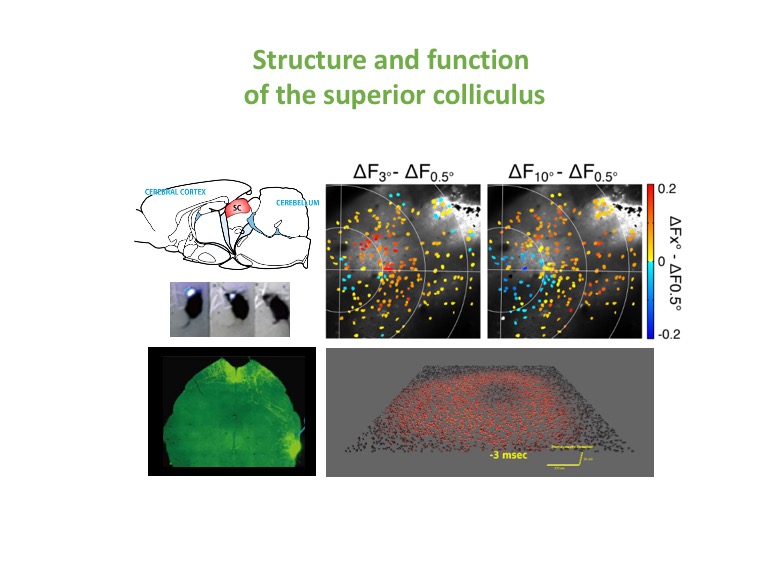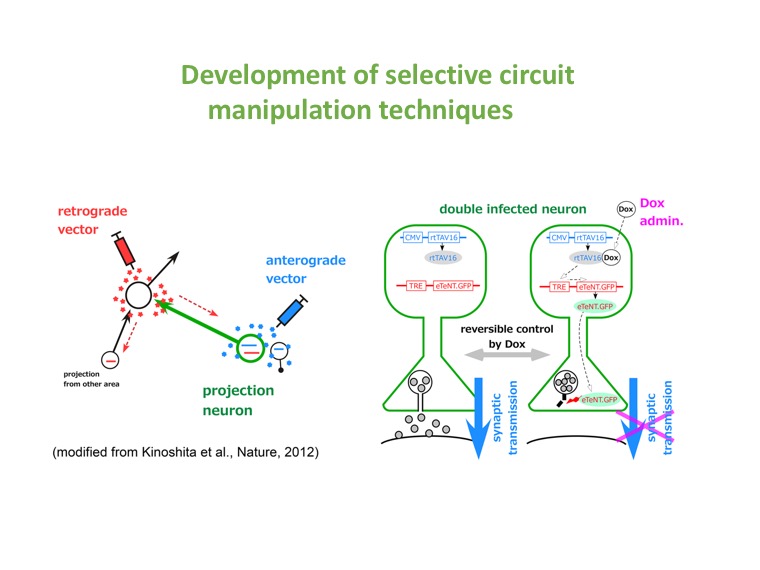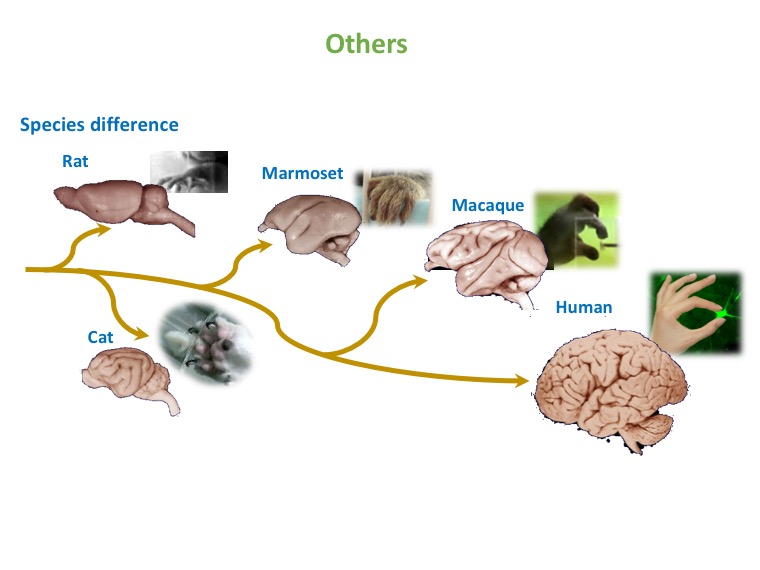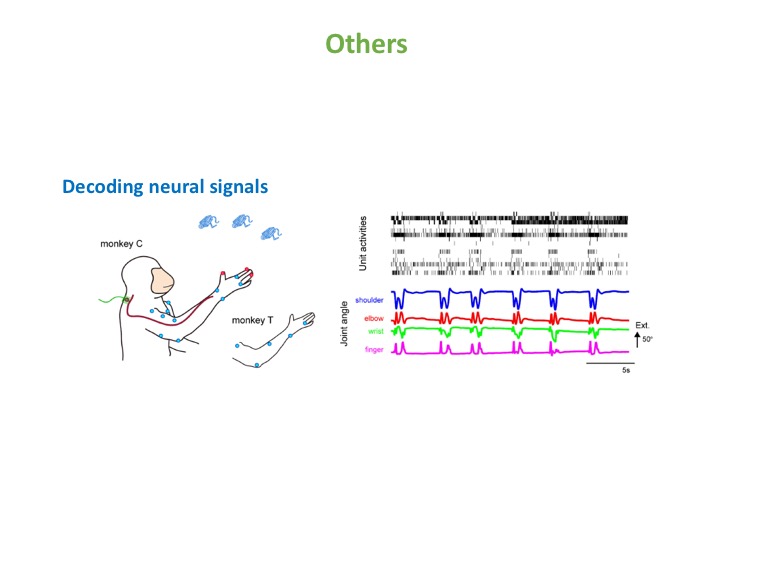Project 01
Recovery from brain & spinal cord injury

Using a macaque monkey model with lesion of the corticospinal tract is transected at the cervical cord, we are studying the neural mechanism of large-scaled neural network reorganization for recovery of dexterous hand movements which spans not only the spinal cord, but also bilateral motor cortices and even the meso-limbic structures such as the nucleus accumbens.
Recent Publications
Ueno, S., Yamaguchi, R., Isa, K., Kawasaki, T., Mitsuhashi, M., Kobayashi, K., Takahashi, J., & Isa, T. (2024). Supraspinal Plasticity of Axonal Projections From the Motor Cortex After Spinal Cord Injury in Macaques. The Journal of comparative neurology, 532(12), e70007. https://doi.org/10.1002/cne.70007
Mitsuhashi, M., Yamaguchi, R., Kawasaki, T., Ueno, S., Sun, Y., Isa, K., Takahashi, J., Kobayashi, K., Onoe, H., Takahashi, R., & Isa, T. (2024). Stage-dependent role of interhemispheric pathway for motor recovery in primates. Nature communications, 15(1), 6762. https://doi.org/10.1038/s41467-024-51070-w

